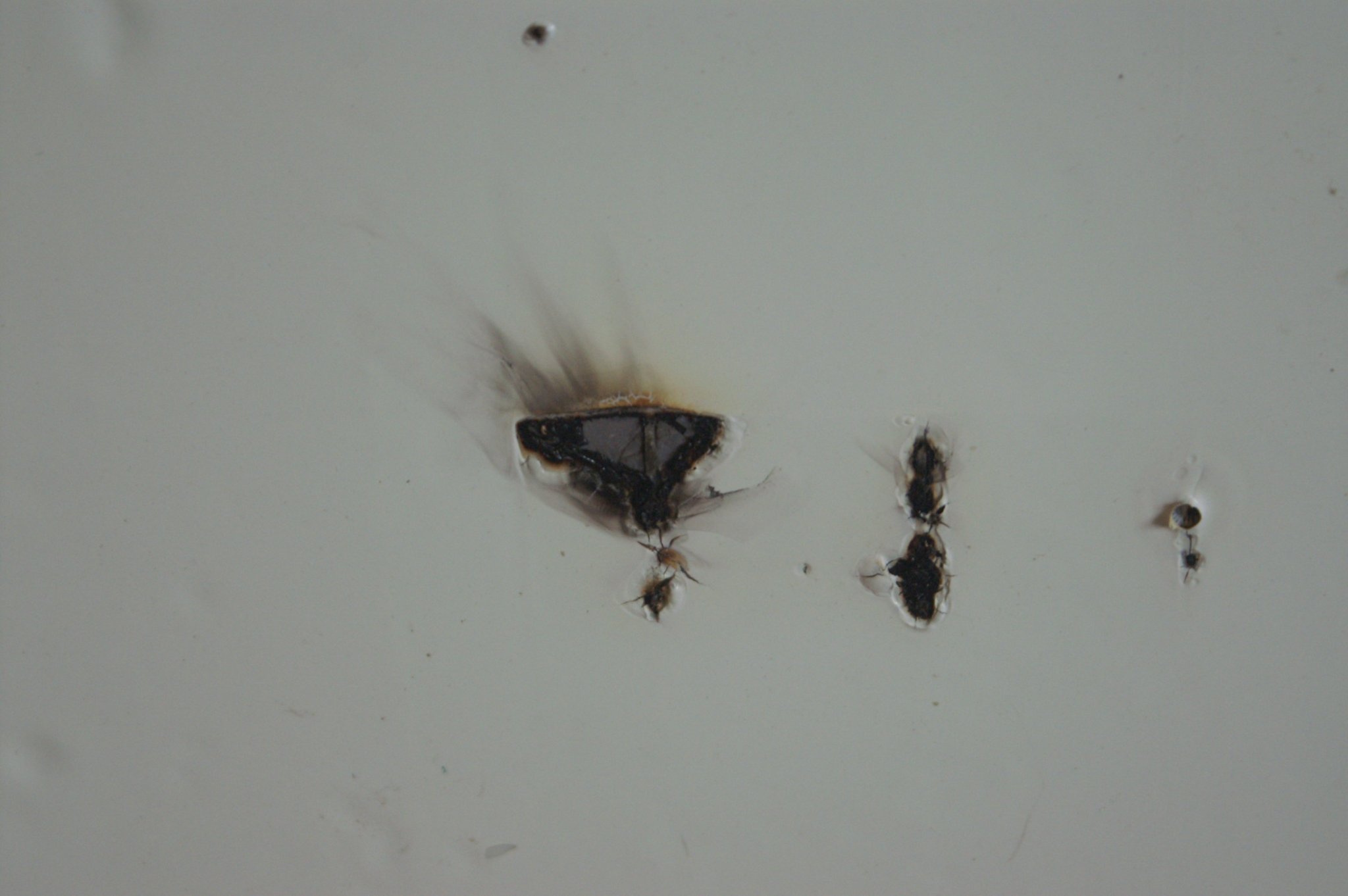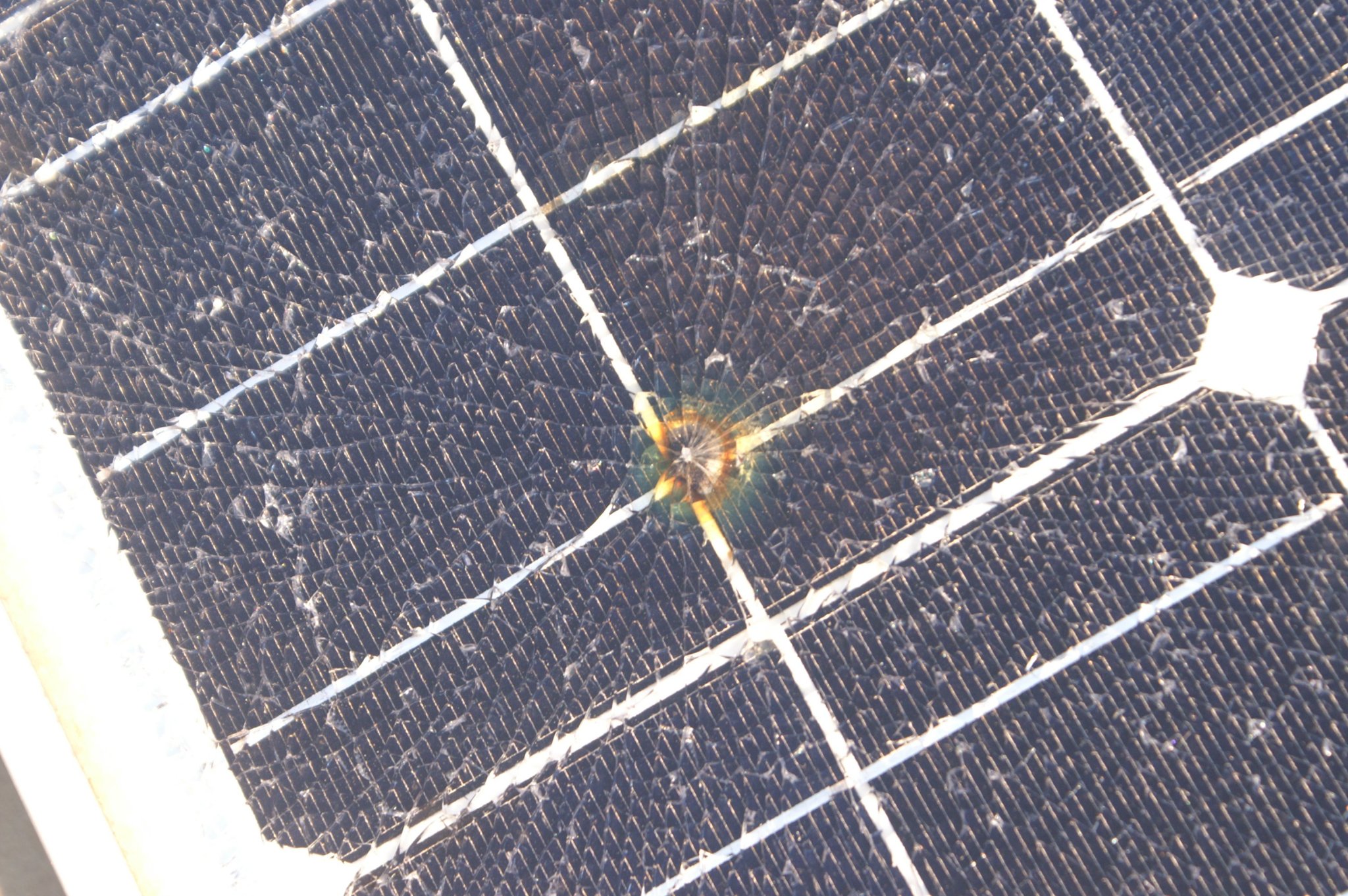-
Posts
3,987 -
Joined
-
Last visited
Content Type
Events
Forums
Downloads
Quizzes
Gallery
Blogs
Everything posted by Muhendis
-

Electric cars ain't all they are cracked up to be.
Muhendis replied to Muhendis's topic in Alternative/Renewable Energy Forum
Bring back the Kettering system. Clean the points. Change the coil. Change the "condenser". Spray anti condensation stuff all over the place. Crank the engine with the starting handle. Ah. Yes. Those were the days. -

Electric cars ain't all they are cracked up to be.
Muhendis replied to Muhendis's topic in Alternative/Renewable Energy Forum
ALT....CTRL....DEL. -
"A driver told of how he was trapped behind the wheel of his electric car when it sped up to 90mph and would not respond to him pressing the brakes." Full story here: https://www.standard.co.uk/news/uk/electric-car-motorway-driver-nathan-owen-jaguar-ipace-b1143726.html The fact that the car uses batteries is not relevant in my opinion. I think the blame lies with the computer. One thing is certain. Jaguar who have discontinued that particular model will take a big hit and maybe MG also. Nobody wants to be in a car that suddenly decides to do it's own thing.
-
Dunno. But I don't have to drive for 5+ hours to get to the London Steak. Pattaya lost its "charm" when the Pig 'N Whistle went.
-
Clayton also has daughters in that age group who occasionally put in an appearance.
-
London Steak has both Thai and Western food and is frequented by as many Thais as westerners. There is a choice between air conditioned or non-air conditioned seating. The menu is huge. The western menu has vegetarian as well as all the usual choices of fish, pork, chicken and, of course different steaks. All foods are cooked well and generous portions. No intrusive loud music. Waitresses do their job well and for those that like such things they all have nice legs. Wine is plentiful. The restaurateur, Clayton, goes out of his way to take care of his customers.
-
You've never quite made it to the London Steak then.
-
So give her the brush and let her get on with it
-
Quite cool by the seaside then. Here in Buriram it's 38°C but the light coating of dust from the sugar cane lorries as they rumble past makes it seem hotter.
-
So Bobthegimp rode all the way from Pattaya to Paddy's Irish Bar in Buriram and finds it refreshing? A change is as good as a rest....... Takes all sorts I suppose
-

Solar power, can it be done DIY?
Muhendis replied to Sophon's topic in Alternative/Renewable Energy Forum
Thanks. Already on it but I am looking at 340W for preference because they are smaller for manhandling and less of a problem if one is not so good. -

Solar power, can it be done DIY?
Muhendis replied to Sophon's topic in Alternative/Renewable Energy Forum
You sound like my wife You are quite right about normal lead acid batteries but I am talking about lead carbon batteries Please note I have already mentioned they need a gentle charge the first time around. After that they can be charged similarly to a capacitor which is what they are in some respects. Agreed This is referred to as charge acceptance But I am not talking about lead acid. Charge acceptance for a lead carbon battery is similar to a LiFePO4 which is much much better than lead acid. This is due to the capacitive effect of the additional carbon/graphene rather than the chemical change in the lead/lead sulphate of the lead acid battery. If you try to charge a lead acid battery too quickly it will cook and enjoy a slightly more violent but shorter life. -

Solar power, can it be done DIY?
Muhendis replied to Sophon's topic in Alternative/Renewable Energy Forum
Please note my earlier comments re. 30% DoD Well done you have won the top prise. The less they are discharged, the longer they will live. Having said that my solar panels are well over 10 years old and I do have other things to do with whatever power they can give as well as charge batteries. I will be getting some shiny new panels in the near future. -

Solar power, can it be done DIY?
Muhendis replied to Sophon's topic in Alternative/Renewable Energy Forum
A lead acid battery will suffer from sulfation if it is only partially charged. Lead carbon batteries, on the other hand, will not suffer from sulfation to anything like the same extent. Charge cycles for lead carbon are the same as for lead acid ie there is a constant current phase followed by a constant voltage phase more commonly referred to as CC/CV CC mode pumps current into the battery and monitors the battery voltage. When a certain voltage is achieved, usually 90%, the charger will switch to CV (sometimes referred to as the absorption stage) mode and monitor current flowing into the battery. When this current reaches a very low value charging is complete and stops. This process can be ridiculously fast with lead carbon batteries. -

Solar power, can it be done DIY?
Muhendis replied to Sophon's topic in Alternative/Renewable Energy Forum
Firstly the lead carbon batteries will charge as fast as your solar installation can manage. My somewhat knackered solar panels feed up to 45 Amps into the battery which is 750Ah and the battery is often full before lunch. Speed of charge depends what other machines I have running. I do woodwork. My charge controllers know what state of charge the batteries are at and they modify the CC/CV profile accordingly. When the batteries are full charging ceases. There is no effect on longevity although the first initial charge cycle needs to be a bit gentle and kept below 60 Amps per battery. After that they will take everything you can throw at them. The thing about lead carbon batteries is that they act like a capacitor and so don't have the charge limitations of lead acid batteries. This does not make sense to me. Once the batteries are full they no longer require charging so whatever is available from your solar panels can be used for whatever you want this includes trickle charging if necessary. Why do you think you would need power from the grid? As long as you have a decent bit of sunshine on your panels, resorting to the grid shouldn't come into it. Your batteries are for when the sun don't shine which, surprisingly, happens for almost 12 hours every day. -

Solar power, can it be done DIY?
Muhendis replied to Sophon's topic in Alternative/Renewable Energy Forum
Yeah. Not just victron but just about every battery company is climbing onto that particular bandwagon. When I got my batteries last year, there were very few choices but now you can find pages of companies advertising them. At 77kg each, mine are heavy but since the intention is to leave them in situ I have no problem with that. The same as older style lead acids, I still target 30% DoD which will give them an estimated 11+ year life. Given the choice I went for the Gel type batteries. They have a design life of 20 years whereas AGM's and other VRLA types only have 15 years. What is meant by design life is standby use not daily cycling. Are they easy to DIY? Absolutely. If you can change a car battery you can do your own Lead carbon installation. -

Solar power, can it be done DIY?
Muhendis replied to Sophon's topic in Alternative/Renewable Energy Forum
LiFePO4's are not the only storage solution. Have a look at lead carbon batteries. They have similar lifespan to LiFePO4 They are significantly cheaper. They are more robust and don't need any special electronics to keep them safe. The following might help to understand better how they work. https://www.kijo-battery.com/lead-carbon-battery.html#:~:text=Lead-carbon battery is a,advantages of lead-acid batteries. I have 12 x 250Ah gel type lead carbon batteries and I am very pleased with them. I got mine from a Chinese company not the one in the link -

Sensor Switch and Light, unusual behavior
Muhendis replied to Dante99's topic in The Electrical Forum
Sensors do wear out with time but we are talking centuries rather than weeks. Insects don't really get caught in them but they can, as Onetimewoodwoker has said, trigger the sensor and they can block the sensor if they can get into the electronics. Further reading on how things work is here: https://robocraze.com/blogs/post/pir-sensor-working-principle#:~:text=It utilizes a special type,and triggers the sensor's alarm. Regarding effect of mothballs on electronics. Naphthalene (mothballs) is a hydrocarbon and has no effect on electronic components or wires but as Onetimewoodwoker has said, they are big and unlikely to fit into the sensor casing. I like the idea of ant powder. That's now on my todo list. -

Sensor Switch and Light, unusual behavior
Muhendis replied to Dante99's topic in The Electrical Forum
Be very careful when handling the plastic detraction cover, that's the white cover over the front of the sensor. It is very brittle and is made more so if in direct sunlight. I have four of these things around my house and they all, except one, stopped working after a short time. -

Does anyone bank with NatWest in the UK?
Muhendis replied to WhiteHatPhil's topic in UK & Europe Topics and Events
I have had similar issues and, without switching anything off-on, simply cleared my browser history. That works really well. Apparently there can be conflicts created by stored URL's which can slow down and even prevent access to some sites. -

How about a solar car port on a budget?
Muhendis replied to Crossy's topic in Alternative/Renewable Energy Forum
I wondered about this so had a quick look at Wiki and here is the result:- James Prescott Joule FRS FRSE (/dʒuːl/;[1][2][a] 24 December 1818 – 11 October 1889) was an English physicist, mathematician and brewer, born in Salford, Lancashire. Joule studied the nature of heat, and discovered its relationship to mechanical work. This led to the law of conservation of energy, which in turn led to the development of the first law of thermodynamics. The SI derived unit of energy, the joule, is named after him. He worked with Lord Kelvin to develop an absolute thermodynamic temperature scale, which came to be called the Kelvin scale. Joule also made observations of magnetostriction, and he found the relationship between the current through a resistor and the heat dissipated, which is also called Joule's first law. His experiments about energy transformations were first published in 1843. Man after my own heart. Being as how he was borme not too far from Manchester, I wonder is our learnéd author might have met him....... -

Thai citizenship for migrant workers’ kids to boost birth rates
Muhendis replied to snoop1130's topic in Thailand News
It's called "cooking the books". -

Growatt SPF5000ES Offgrid 9kw DIY Solar Project
Muhendis replied to Pink7's topic in Alternative/Renewable Energy Forum
I guess this is panel to panel connections. Warranty? -

Growatt SPF5000ES Offgrid 9kw DIY Solar Project
Muhendis replied to Pink7's topic in Alternative/Renewable Energy Forum
Pink7 mentioned the two connectors were melted. My understanding of melted connectors, limited though it is, leads me to think it may have got a bit hot. Resistive connections do things like that. Sometimes they fuse and sometimes they don't. In the case of a connector it could be the crimp not firm enough. I believe this is a fairly recent instal so I would have a look at the calibration certificate of the crimper Here are a couple of pictures of a resistive connection within a solar panel. First the rear view then the front








